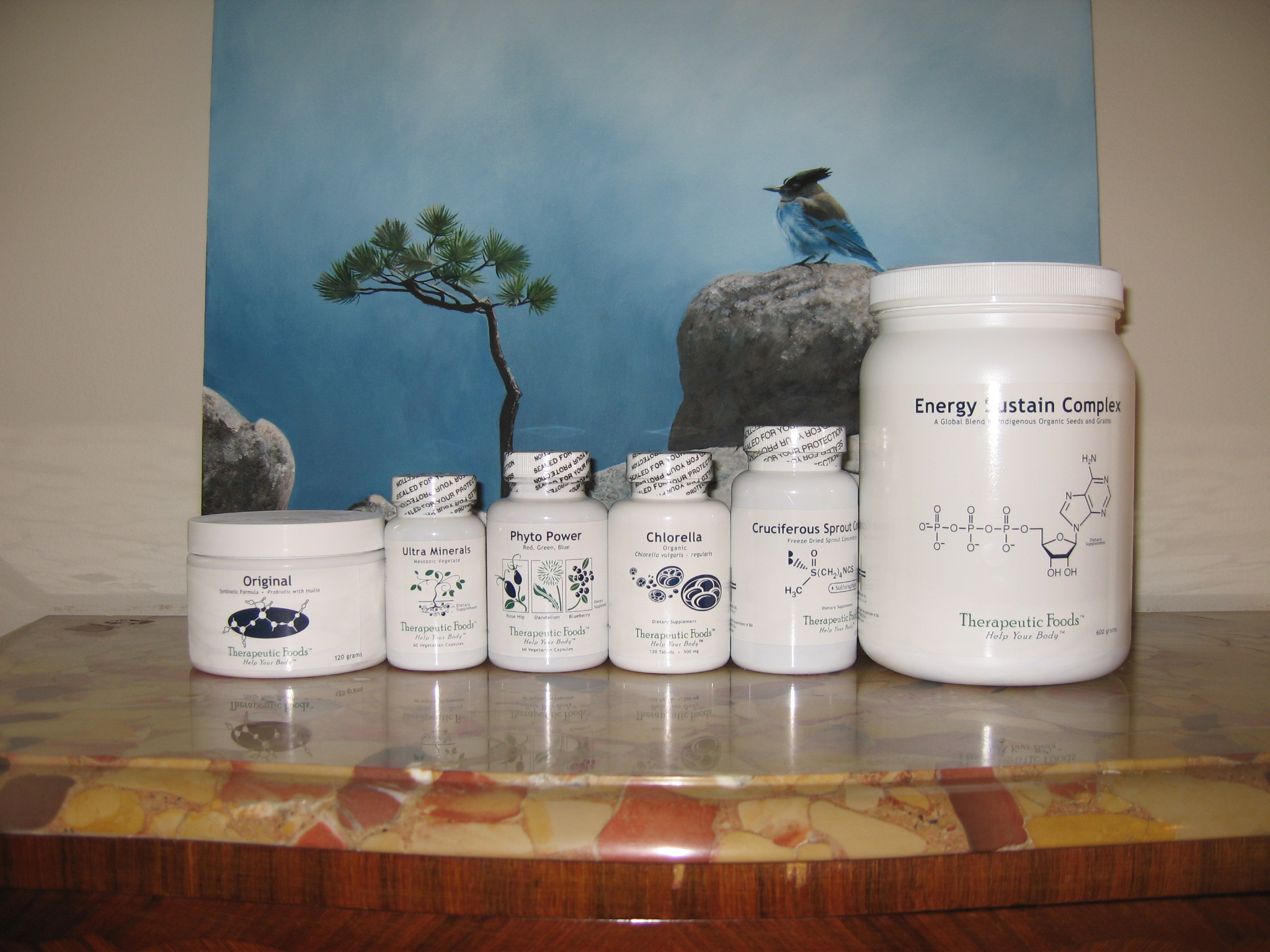Astronaut Revelations
|
Dear Friends,
At this very moment I’m 30,000 feet over gorgeous northern California on my way to LA, thinking of all those people down there. What an awesome experience it must be to view mother earth from space. Astronauts have characterized it as a transcendental experience, giving them pause to think differently about their own lives and their relationships to the rest of life. Perhaps it leads one to reflect on the big questions like: Who am I? What’s my purpose? How can I fulfill that purpose? Certainly a trip, figuratively speaking, we all need to take.
We each have our own personal narrative, our story about how we relate to the rest of life around us. The blessing for all of us is that the way in which we interact with the rest of life can change as we grow in experience, and evolve into new ways of understanding ourselves—where we fit in life. As Americans, we have viewed ourselves as separate from nature as though we can do what ever we please to her without paying the piper. How shamefully childish and unenlightened we have been. But, this is changing…there is reason for hope. I propose a new narrative (as Dohrea says), one that deeply connects us to the biosphere. As we look at earth from space, thinking about it from a biospheric perspective, we know a few things: One, is that earth’s blue/green color comes from its covering of life (take a look at the picture above!). Life that is, in essence, one vast food chain that consumes, cycles and recycles both living and non-living matter. Secondly, that this process creates the rich soil, an oxygen filled atmosphere, pure water and weather suitable for the emergence of increasing biodiversity. Thirdly, we now conceive of life not so much of a process of the survival of the fittest, but as a process of symbiosis—life forms helping other live forms symbiotically to survive through forming complex networks of communication and support at all levels of existence, from our cells and bodies to ecosystems and the whole earth herself as one vast ecosystem—named Gaia. So what are we? An individual self trying to survive in a dog-eat-dog world, or an intimate part of a collective whole called Gaia—or somewhere in between? The bottomline is, at every level, we are an intimate part of the natural world where even our individual human cells have evolved as an intermingling of human DNA and microbial DNA. As we’ve closely looked at the power house organelle within each of our cells, the mitochondria, we’ve come to realize that these membrane bound entities contain their own DNA, unique to that of our cells’-most likely derived from ancient bacterial origin. At our cellular core we are symbiotically connected to the microbial world. From a purely Gaiac perspective, James Lovelock with help from Lynn Margulis in his 1979 book, Gaia: A New Look at Life On Earth, proposes:
In conclusion, life is a vast network of relationships to which we are deeply connected. A lifeless Earth would have a surface atmosphere somewhere between Mars and Venus, which is mostly made up of CO2 and methane. It would be much hotter, much more acidic, the clouds on Venus are mostly composed of a sulfuric acid atmosphere. Fortunately, we are becoming aware that by our actions we are affecting the whole biosphere, and that how it all turns out for us is very much in our hands. Knowing this is the good news. Now it is time to smell the roses and get to work. Sincerely yours, Seann Bardell Clinical Note:
Isn’t it time for a Spring cleaning of our body? Many of you have your detox programs Let’s look at them from right to left: Energy Sustain: organic quinoa, amaranth, chia, buckwheat and millet, all especially milled to make their nutrients available. There is no gluten, yeast, wheat, corn, soy, or excipients and additives of any kind. They are clean and pure. They are kosher. Cruciferous Sprouts: broccoli, daikon radish, red radish, watercress, kale, mustard, cabbage. All freeze dried sprouts harvested on the third day when their glucosinolates are at their heights. Phyto Power: whole and very potent multi-species of wildcrafted Blueberry, Dandelion and Rosehips-just think of the red, blue and green power. Ultra Minerals: 72 nano sized, negatively charged plant derived minerals from Deep Time-predating humans destructive involvement with the land. Original Synbiotic Formula: good bacteria and good fiber. Mix with a little dilute organic pear or apple juice-a good breakfast. A new study has found that forest elephants may be responsible for spreading and planting more seeds in the Congo than any other species. Dr. Stephen Blake’s, of the Max Planck Institute in Ornithology, research shows that elephants consume more than 96 species of plant seeds and can carry them as far as 35 miles from the point of origin. The study did not take into account seeds smaller than a centimter, even though seeds of this size were estimated to number in the hundreds and thousands in the dung piles studied. The forest elephants are under the threat of extinction due to poaching for their ivory for the Chinese market. There numbers have been reduced by 80% in the last 50 years. We are witnessing their annihilation.
|




